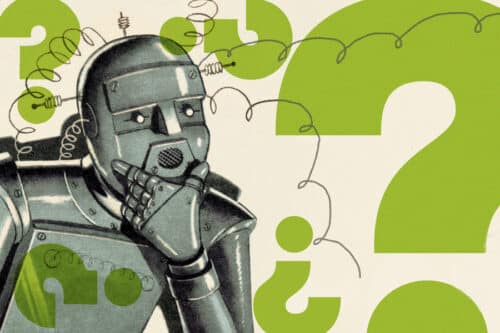The method helps robots pack by trying many options at once. It works without training and can be used for different tasks.

Packing for a vacation may take some effort, but humans usually manage it using visual and spatial reasoning. For robots, though, packing items is a complex problem that involves planning many steps while considering constraints and movement limits. To solve this, a new algorithm has been developed that lets robots quickly evaluate thousands of possible actions in parallel and refine the best ones. Instead of testing one action at a time, the robot uses powerful graphics processing units (GPUs) to speed up decision-making and solve packing tasks in seconds. This approach could help robots in factories and warehouses pack items of various shapes and sizes tightly and safely, even in small spaces.
The researchers developed an algorithm for task and motion planning (TAMP), which helps robots plan both high-level tasks—like a sequence of actions—and low-level motions—such as joint angles and gripper positions—needed to carry them out. For example, when packing items into a box, the robot must consider how objects fit together, how to pick them up, and how to move without collisions, all while meeting specific instructions like packing in a certain order.
Trying out solutions one by one would take too long, so their algorithm, cuTAMP, uses CUDA to simulate and improve thousands of options at once. It blends sampling and optimization: instead of picking random actions, it samples likely solutions based on the problem’s constraints. Then it runs a fast optimization process to score each one, checking how well they avoid collisions and meet goals. cuTAMP keeps refining these samples in parallel until it finds a working plan.
The researchers used GPUs—processors designed for parallel computing—to scale up how many solutions their algorithm could test and improve at once. This significantly boosted the algorithm’s performance. In simulation tests with Tetris-like packing tasks, their method, cuTAMP, found collision-free solutions in just a few seconds—far faster than traditional, sequential planning methods.
On a real robotic arm, cuTAMP consistently found a solution in under 30 seconds. The algorithm has been tested on different robots, including one at MIT and a humanoid at NVIDIA. Since it doesn’t rely on machine learning or training data, it can be quickly applied to various tasks. It’s also flexible enough to handle tasks beyond packing, like tool use, by integrating different robot skills.
Looking ahead, the team plans to combine cuTAMP with large language and vision-language models so robots can understand and carry out spoken commands for more complex goals.









